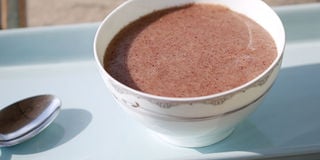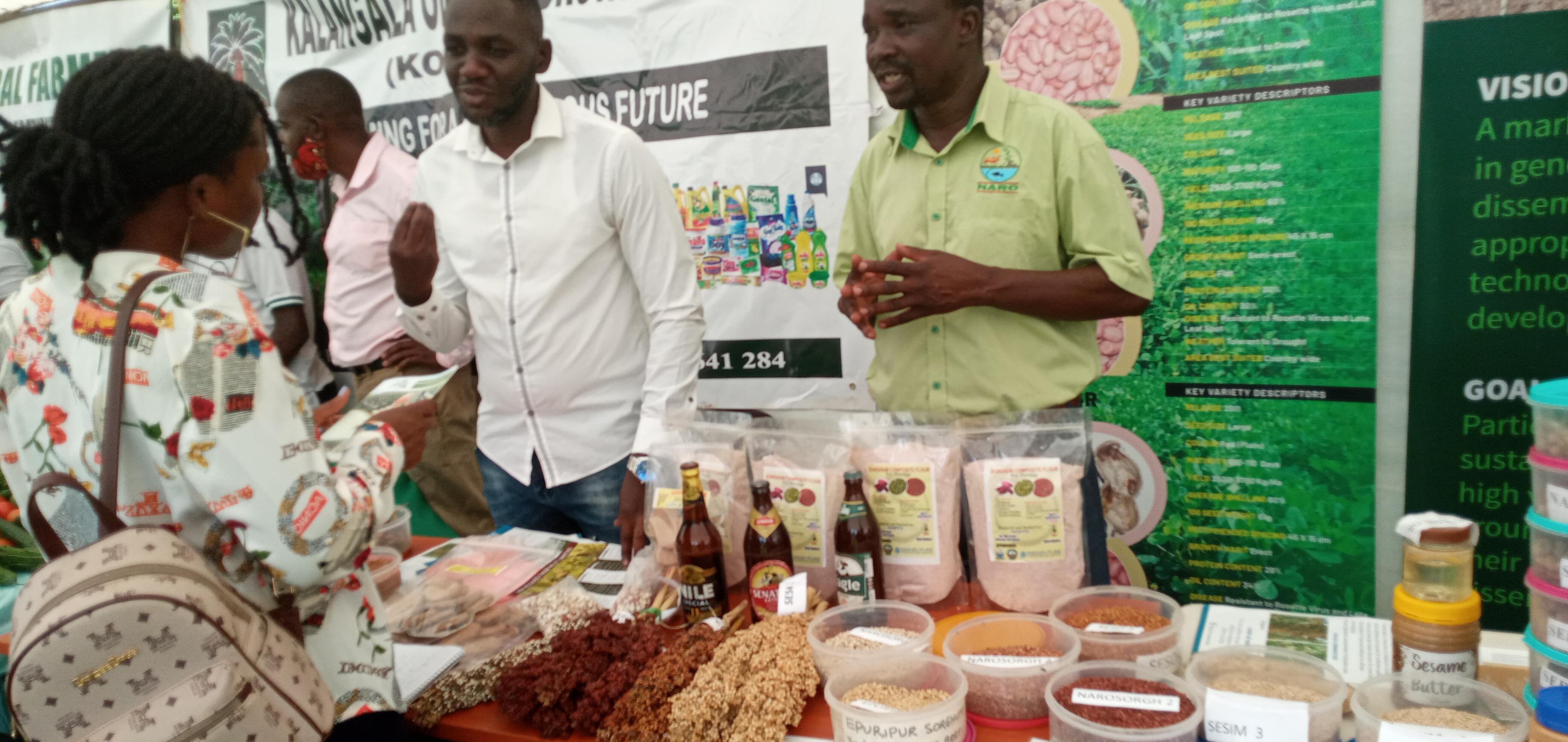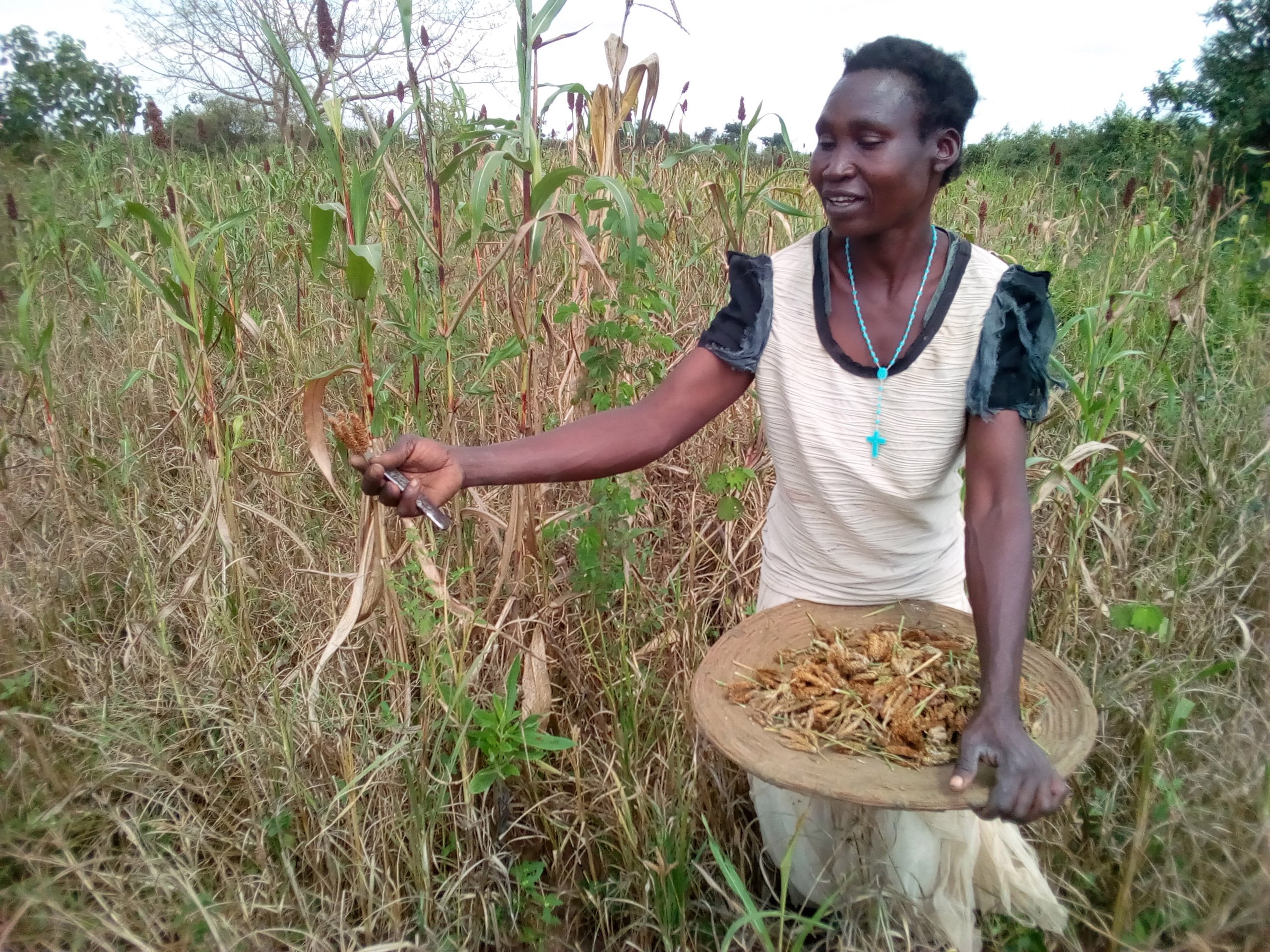Prime
The health benefits of millet

Millet porridge is a good source of protein, fibre, key vitamins, and minerals. PHOTO | COURTESY
Millet is a low maintenance and drought-resistant grain. It is a staple food for various tribes in Uganda and because of its versatility, many people incorporate it in their meals and has gained popularity over time because it is gluten-free and a good source of protein, fibre and micronutrients.
The grain provides various health benefits and has multiple uses in cooking. Millet grows extremely quickly and matures in almost half the time required for rice and wheat. This makes it the ideal crop, and now the sixth most important cereal grain in the world.
Millet is a good source of protein, carbohydrates, dietary fibre, magnesium, copper, phosphorus, and manganese. These nutrients provide multiple benefits to physical and mental health. There are more than 20 different types of millet but the commonest include finger, foxtail, barnyard, pearl and proso.
Reducing oxidative stress
According to Ivan Phillip Baguma, a nutritionist at Nella Organics, millet is rich in antioxidants, which support the body’s ability to resist oxidative stress, a contributing factor in illness and aging. Oxidative stress causes various chronic conditions, such as neurodegenerative disorders, arthritis, and diabetes.
“Antioxidants are important in reducing oxidative damage and this would help in suppressing cancer cell growth, maintaining bone health, supporting antifungal and antimicrobial activity as well as promoting wound healing,” he says.
Digestive health
Since millet is gluten free, people with gluten intolerance can incorporate it in their meals without discomfort unlike wheat and some other grains. According to Baguma, millet contributes to digestive health since it contains fibre which helps to regulate bowel movements.
“It has prebiotics, which stimulate the growth of probiotics within the digestive system. It also contains probiotics which combination is important for gut health and the immune system in general,” he says.
Heart health
Millet is a rich source of magnesium, which is important in regulating the heart rhythm. The grain, therefore, is a good supporter of cardiovascular health. It also contains vitamin B3 and proteins which help reduce high cholesterol and triglycerides thereby protecting you from heart disease. The vitamin is also effective in lowering oxidative stress.
The high concentration of tryptophan amino acid in the millet helps improve a person’s mood. The amino acid is said to reduce symptoms of anxiety and depression.
Management of diabetes
With type 1 diabetes, the body does not produce any insulin yet with type 2 diabetes, the body produces very little insulin or is not sensitive to its effects. Diet including millet plays an important role in the management of both types of diabetes. People with diabetes can contact a dietician to help them come up with a meal plan that incorporates millets.
“Millet can help in the management of blood glucose levels in people with diabetes because of its adiponectin protein concentration which may improve insulin sensitivity,” he says.
Caution
Although millet contains many vital nutrients, it also contains compounds called antinutrients which have a potential downside to your health. This is because they interfere with the body’s ability to absorb some nutrients. Different kinds of millet have different levels of these compounds. However, using different processing techniques can reduce levels of the antinutrients. These include fermenting, germinating, milling, parboiling, blanching and dehulling.
Millet is available in many grocery and health food stores. It can be intact in grain form or in flour form as millet products but Baguma warns that the better way is to consume it whole and unprocessed because processing rips it of its nutrients.
He says, “Millet grains can be stored at room temperature for two months or in the freezer for four months. If stored in a sealed, airtight container or in the refrigerator, millet can last for up to a year. Once at room temperature, it is important that you store millet in a cool dry place; slightly above the ground to prevent it from developing mould.”
The meals
One can prepare millet in many different ways. It can be cooked as porridge, served as local food (kalo) served with dark leafy vegetables, meat, fish, chicken, beans or gnuts; fermented to make bushera a common beverage or used to bake bread.
Preparing millet with more water gives it a consistency such as porridge for breakfast; a healthy treat for many children. You can also combine millet with flour, baking powder, baking soda, eggs, milk, vanilla extract, butter, and brown sugar to make muffins.




